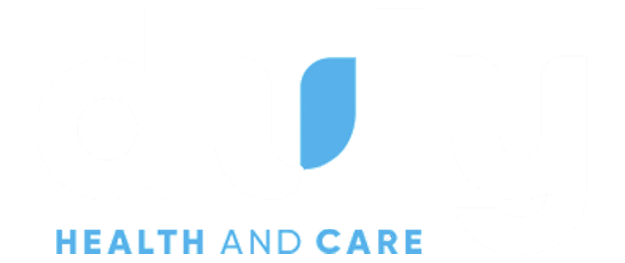About Lumbar Herniated Disc
What is a herniated disc?
When the gelatinous center of the intervertebral disc pushes out through a tear in the fibrous wall, the disc herniates. This disc herniation adds pressure to the surrounding spinal nerves causing mild to severe pain. It is one of the most common spinal disorders.
What causes a herniated disc?
A herniated disc may be caused by simple wear and tear from repeated movement over time or disc degeneration. During the natural aging process, spinal discs lose some of their water content making it difficult to support the load from above vertebrae.
Other causes of a herniated disc may include the following:
- long standing trauma
- hereditary or congenital abnormalities
- stress fractures
- a sudden heavy strain or increased pressure
About Lumbar Herniated Disc
What is a herniated disc?
When the gelatinous center of the intervertebral disc pushes out through a tear in the fibrous wall, the disc herniates. This disc herniation adds pressure to the surrounding spinal nerves causing mild to severe pain. It is one of the most common spinal disorders.
What causes a herniated disc?
A herniated disc may be caused by simple wear and tear from repeated movement over time or disc degeneration. During the natural aging process, spinal discs lose some of their water content making it difficult to support the load from above vertebrae.
Other causes of a herniated disc may include the following:
- long standing trauma
- hereditary or congenital abnormalities
- stress fractures
- a sudden heavy strain or increased pressure
PAIN AT THE SITE OF THE INJURY
PAIN, NUMBNESS, WEAKNESS OR TINGLING IN THE ARMS OR LEGS
PAIN IS WORSE WHEN BENDING, TWISTING, AND/OR SITTING
MUSCLE SPASMS
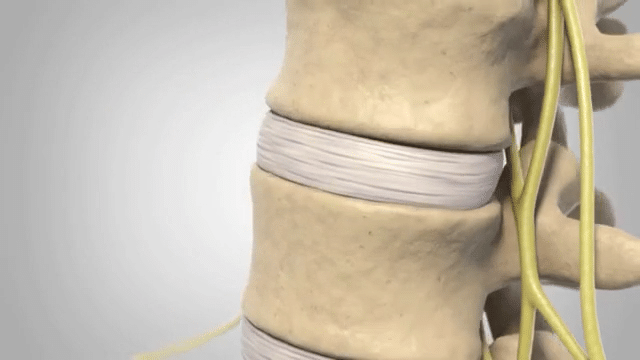
How is a Lumbar Herniated Disc managed?
What are treatment options for a herniated disc?
If a herniated disc is established, your doctor may recommend one or more of the following treatments based on your individual condition:
- physical therapy and strengthening exercises
- rest and a restriction of physical activity
- injections (corticosteroids) to help reduce the pain and swelling
- medications and analgesics to reduce pain and swelling (typical medications include non-steroidal anti-inflammatory drugs or NSAIDs)
- application of heat and/or ice to help reduce pain, inflammation and muscle spasms
What are surgical solutions?
If your symptoms do not improve with other methods, your physician may suggest spinal surgery. Surgical solutions for herniated discs may include the following:
- Discectomy
- Laminectomy

How is a Lumbar Herniated Disc managed?
What are treatment options for a herniated disc?
If a herniated disc is established, your doctor may recommend one or more of the following treatments based on your individual condition:
- physical therapy and strengthening exercises
- rest and a restriction of physical activity
- injections (corticosteroids) to help reduce the pain and swelling
- medications and analgesics to reduce pain and swelling (typical medications include non-steroidal anti-inflammatory drugs or NSAIDs)
- application of heat and/or ice to help reduce pain, inflammation and muscle spasms
What are surgical solutions?
If your symptoms do not improve with other methods, your physician may suggest spinal surgery. Surgical solutions for herniated discs may include the following:
- Discectomy
- Laminectomy
How is a Lumbar Herniated Disc diagnosed?
What are the symptoms of a herniated disc?
While a herniated disc can happen at any level of the spine, it most commonly occurs in the lumbar region or lower back.
Symptoms of a herniated disc may include:
- pain at the site of injury
- pain, numbness, weakness or tingling in the arms or legs
- pain that worsens when bending, twisting and/or sitting
- muscle spasms
In addition to these symptoms, if the herniated disc is located in the cervical spine or neck, symptoms may include:
- loss of bladder control
- loss of coordination
- the feeling of heavy limbs, and trouble balancing
If you feel that you are experiencing any of these symptoms, you should consult a physician for an accurate diagnosis.
![Dr Ronjon Paul MD (1020x681px) - How is [condition] diagnosed? https://paulspine.com/wp-content/uploads/2021/01/Dr-Ronjon-Paul-MD-1020x681px-How-is-condition-diagnosed.jpg](https://paulspine.com/wp-content/uploads/2021/01/Dr-Ronjon-Paul-MD-1020x681px-How-is-condition-diagnosed.jpg)
![Dr Ronjon Paul MD (1020x681px) - How is [condition] diagnosed? https://paulspine.com/wp-content/uploads/2021/01/Dr-Ronjon-Paul-MD-1020x681px-How-is-condition-diagnosed.jpg](https://paulspine.com/wp-content/uploads/2021/01/Dr-Ronjon-Paul-MD-1020x681px-How-is-condition-diagnosed.jpg)
![Dr Ronjon Paul MD (1020x681px) - How is [condition] diagnosed? https://paulspine.com/wp-content/uploads/2021/01/Dr-Ronjon-Paul-MD-1020x681px-How-is-condition-diagnosed.jpg](https://paulspine.com/wp-content/uploads/2021/01/Dr-Ronjon-Paul-MD-1020x681px-How-is-condition-diagnosed.jpg)
![Dr Ronjon Paul MD (1020x681px) - How is [condition] diagnosed? https://paulspine.com/wp-content/uploads/2021/01/Dr-Ronjon-Paul-MD-1020x681px-How-is-condition-diagnosed.jpg](https://paulspine.com/wp-content/uploads/2021/01/Dr-Ronjon-Paul-MD-1020x681px-How-is-condition-diagnosed.jpg)
![Dr Ronjon Paul MD (1020x681px) - How is [condition] diagnosed? https://paulspine.com/wp-content/uploads/2021/01/Dr-Ronjon-Paul-MD-1020x681px-How-is-condition-diagnosed.jpg](https://paulspine.com/wp-content/uploads/2021/01/Dr-Ronjon-Paul-MD-1020x681px-How-is-condition-diagnosed.jpg)
![Dr Ronjon Paul MD (1020x681px) - How is [condition] diagnosed? https://paulspine.com/wp-content/uploads/2021/01/Dr-Ronjon-Paul-MD-1020x681px-How-is-condition-diagnosed.jpg](https://paulspine.com/wp-content/uploads/2021/01/Dr-Ronjon-Paul-MD-1020x681px-How-is-condition-diagnosed.jpg)
How is a Lumbar Herniated Disc diagnosed?
What are the symptoms of a herniated disc?
While a herniated disc can happen at any level of the spine, it most commonly occurs in the lumbar region or lower back.
Symptoms of a herniated disc may include:
- pain at the site of injury
- pain, numbness, weakness or tingling in the arms or legs
- pain that worsens when bending, twisting and/or sitting
- muscle spasms
In addition to these symptoms, if the herniated disc is located in the cervical spine or neck, symptoms may include:
- loss of bladder control
- loss of coordination
- the feeling of heavy limbs, and trouble balancing
If you feel that you are experiencing any of these symptoms, you should consult a physician for an accurate diagnosis.




